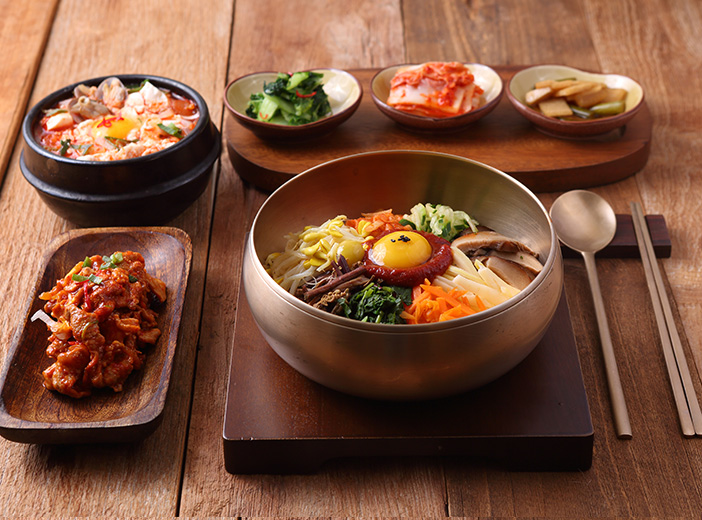Bibimbap Story
Bibimbap Story
Korean Food
-
Traditional food
Korean traditional dishes, particularly Jeonju bibimbap, have been passed down through generations. They consist of royal court food and simple common people’s foods that blossomed during the 500-year history of the Joseon Dynasty.
-
Korean Food
Our food and the associated tangible and intangible resources, activities, and food culture.
-
K-Food
K-Food is a term that encompasses ingredients for Korean cuisine, Korean dishes, and processed Korean food products.
Origin of ‘Jeonju Bibimbap’
"The Bibimbap recipe has been created
from the wisdom and knowledge of our mothers.”
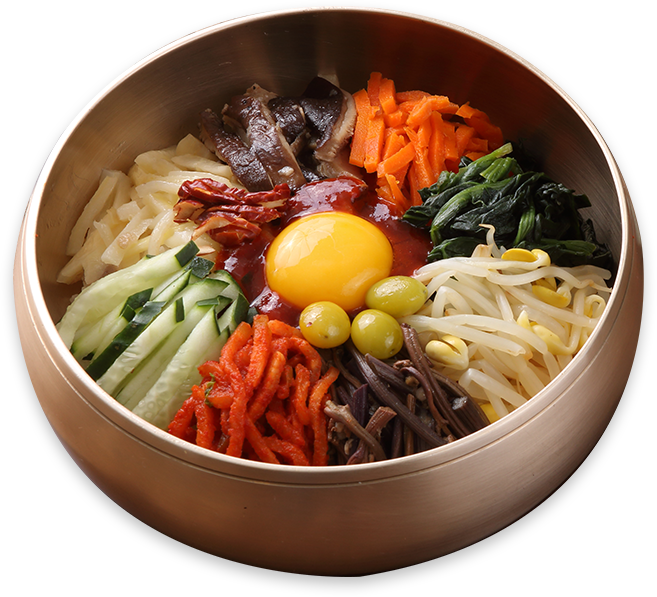
The stories and origins associated with bibimbap are as varied as the
ingredients that go into it.
-
Royal Court Cuisine Theory
It was a meal served to the royal family when they visited the palace.
-
Farming Season Theory
Farmers mixed different types of dishes into a single bowl as it was hard to prepare a whole table setting during the busy farming season.
-
Ritual Food Theory
Originates from the custom of sharing food and drink while performing rites
-
Gochujang
( Red Pepper Paste ) -
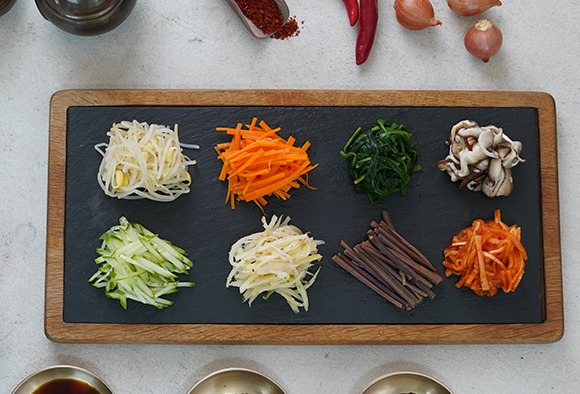
When various types of vegetables, each with their own unique taste, are mixed with spicy red pepper paste, they create bibimbap where their distinct characteristics blend smoothly together.
-

In bibimbap, red pepper paste plays the vital role of uniting the many ingredients, each with its own taste, so they blend well together in one bowl.
-

An attractive yellow egg yolk is placed on the top to finish the dish. The egg yolk creates a warmer taste, enhancing the flavor of Jeonju bibimbap as the “cherry on top.”
‘Yin-Yang and the
Five Elements (陰陽五行)’
These five colors and elements hold unique meanings
and have been passed down through the generations.
Yin-Yang and the Five Elements Theory symbolize and
provide interpretations of our ancestors’ laws of the universe,
The five basic colors, Obangsaek (black, blue, red,
white, and yellow), represent each of the five
elements—water, wood, fire, metal, and earth.
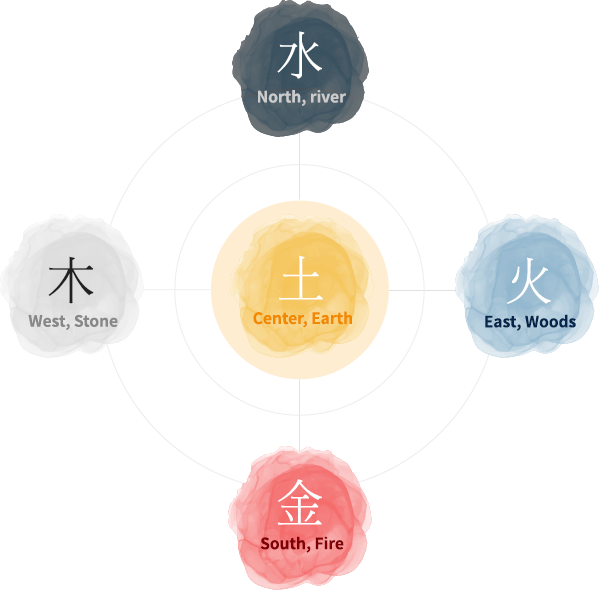
‘Yin-Yang and the Five Elements’
Our culture is embedded in and has become a crucial part of our lives. A lot of Korean foods make use of color.
The most well-known of these foods is bibimbap, rice mixed with vegetables and meat, in which the colors of the
ingredients are beautifully arranged.
“The absolute element showcasing a one-of-a-kind
culinary culture worldwide.”
Yin-Yang and the Five Elements of the Universe
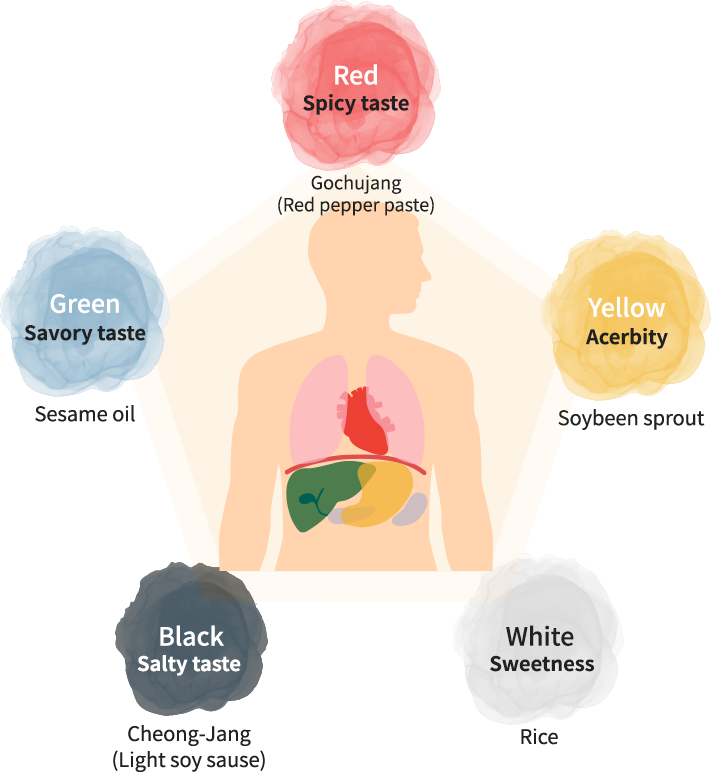
Korea’s unique Korean food culture emphasizes harmony among ingredients based on the principles of Yin-Yang or Obangsaek, adhering to the essence of nature and wishing for longevity and good health.
Five Traditional Colors
These five colors are widely used in traditional Korean clothing, architecture, and food to represent balance and harmony in nature.
-
The saekdong jeogori, a type of hanbok worn by children, is decorated with Obangsaek-colored
stripes, believed to drive away bad luck and bring good fortune.
